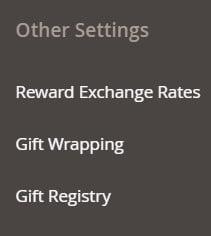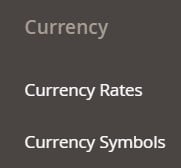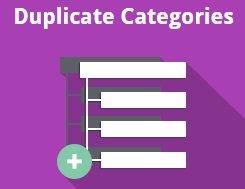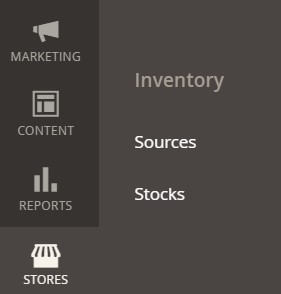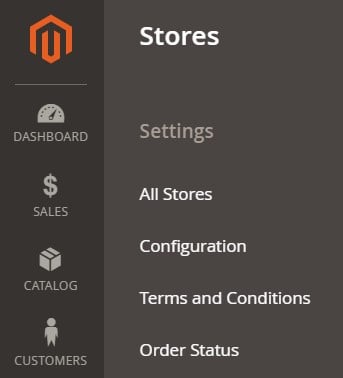
The long-awaited update has finally arrived. Magento 2.4.0 is officially released, and we can leverage its remarkable improvements and upgraded functionalities. Two-factor authentication is now mandatory for all admin users. Along with dozens of security enhancements, this innovation dramatically increases the overall safety of Magento. The redesigned Media Gallery, with its substantially simplified workflow, is under the disposal of Magento administrators, while developers get the ability to leverage PWA Studio more efficiently. Retail customers can streamline in–store pickup, while wholesale clients face better buying routines with seller-assisted shopping, brand new purchase approval workflow, and numerous performance optimizations. Last but not least, Magento 2 introduces an updated technology stack and different platform changes, including the Laminas project instead of Zend Framework, Elasticsearch as a replacement for MySQL search, and support for newer PHP, MySQL, MariaDB, etc.
Although all novelties tend to solve current issues and enhance the experiences of anyone who interacts with the platform, some shifts bring new headaches into the loop. The support for more modern technologies means the deprecation of their older versions. While it may seem a good tendency at first glance – you get a more secure, efficient, better-performing product – the ramifications are not so bright, especially for smaller market players. So, what’s wrong with Magento 2.4.0? Continue Reading
